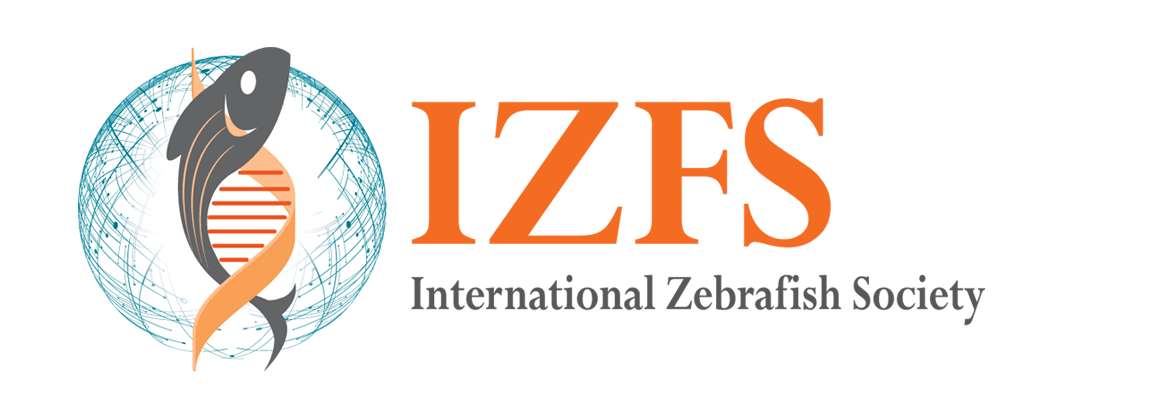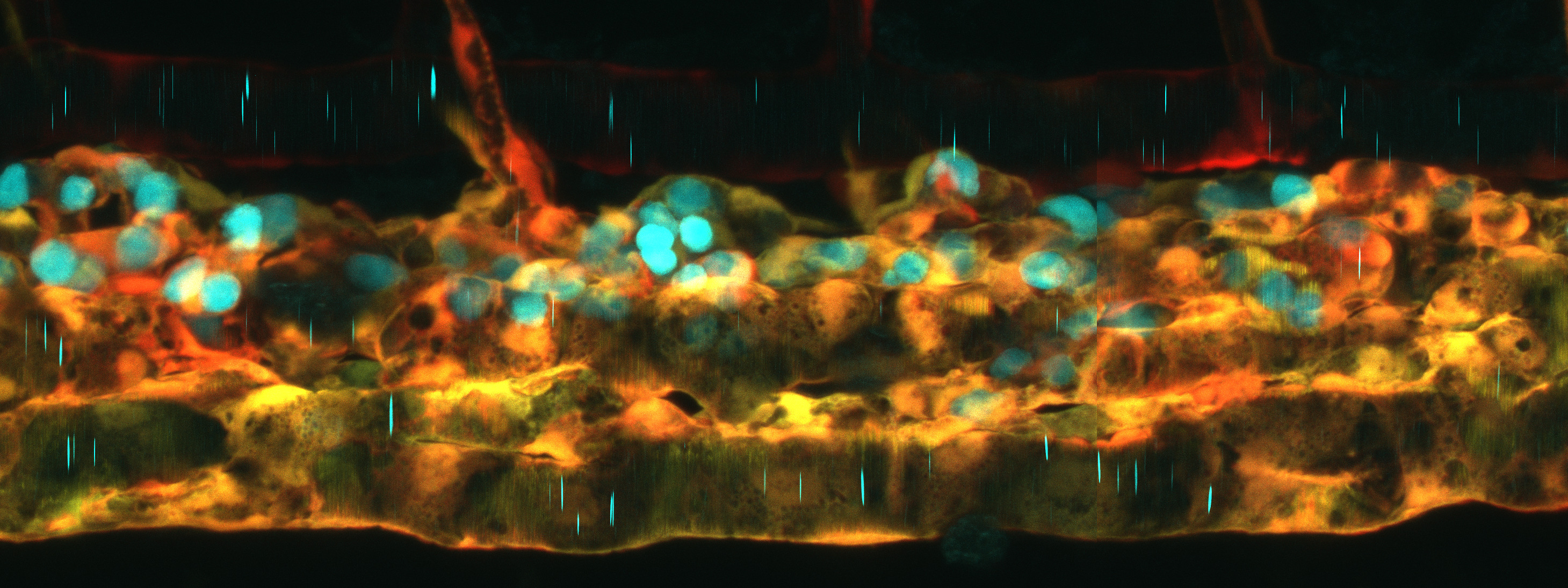Letter From the Incoming President
As a representative of zebrafish community in China, I was so fortunate to be elected as President-elect of IZFS last year. Since then, I began to learn how to run an international society and get involved in society activities, such as serving as the chair of Awards committee to select the most influential awardees from many qualified candidates.
Starting from this August, I officially took the position of the President of IZFS, working together with the other members in the executive committee for this term. Our mission is to promote zebrafish research worldwide, with a goal to achieve great excellence. Currently, the zebrafish field has encountered a lot of challenges, both scientifically and socially. In terms of its scientific importance, what can we do, using the zebrafish model, to help achieve a better understanding of human development and health? How can we get deeper insights into developmental biology in the light of evolution? Compared to other animal models, what else can we do to mine its potential value rather than being asked again and again by people who assess our manuscripts or grant proposals, to demonstrate whether the findings in zebrafish are relevant to those in mammals and even humans or not?
With the rapid advances of new technologies in biology and bioinformatics, how can we adopt these technologies into zebrafish research to understand how an individual organism develops? Can we generate a ‘digital zebrafish’ by using state-of-the-art methods, including single cell multi-omics, spatial omics, lineage tracing and timelapse living imaging, and elegant functional assays? If yes, can we extend this pipeline to higher vertebrates? All these questions are so exciting to address and await our further exploration.
As an international society, we should not only make zebrafish community more united as a whole, but also need to collaborate with other societies to foster advancements in research and others, such as sustainability to protect the earth, and animal welfare. In brief, here are some things we can do in this term: 1) Set up more collaborations or consortia to facilitate zebrafish science in new technologies such as omics, imaging, gene editing, AI etc. 2) Encourag young scientists in career development by involving more young scientists as speakers or organizers for scientific activities, and setting up more awards or scholarships to support the attendance of outstanding students in international conferences. 3) Build strong ties between IZFS and local zebrafish societies, and between fish societies and other life science societies, to coordinate or cohost large international conferences or activities. 4) Promote communication and dissemination by organizing online seminars, producing text or video using local popular social media platforms. There is certainly more to work on, but I am sure these things are achievable with our efforts as a responsible society.
Let’s work together to move our zebrafish field forward!
Feng Liu




